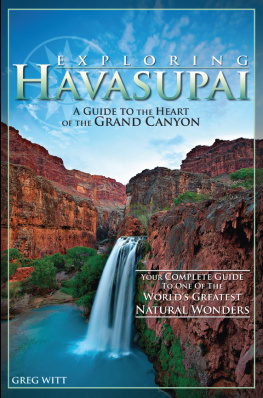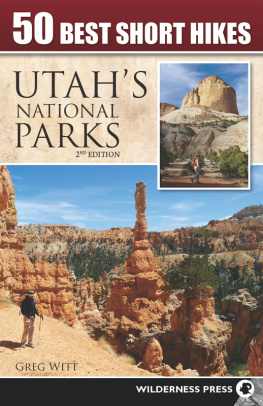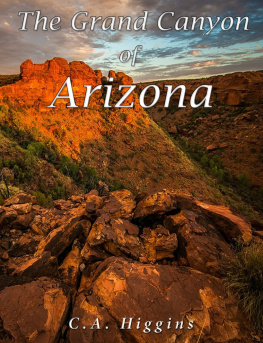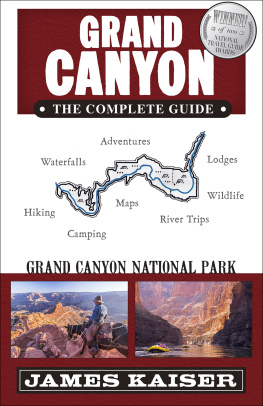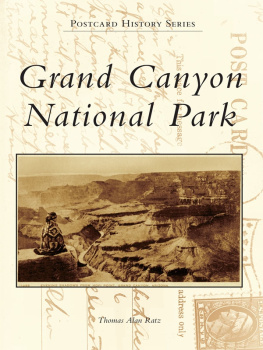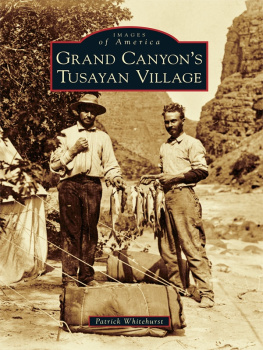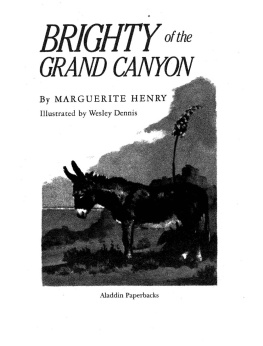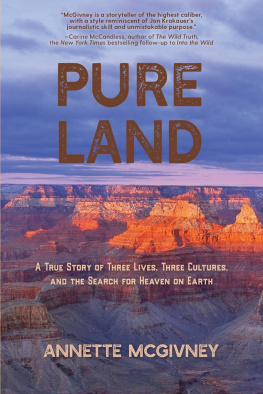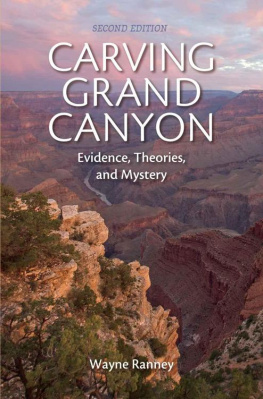

Copyright 2010 by Greg Witt
All rights reserved
Published by Menasha Ridge Press
Manufactured in China
Distributed by Publishers Group West
First edition, first printing
Cover design by Scott McGrew
Text design by Grant Tatum, Annie Long, and Travis Bryant
Cartography by Scott McGrew and Greg Witt
Cover photograph by Derek von Briesen
Author photograph by Harriet Friedman
Library of Congress Cataloging-in-Publication Data
Witt, Greg, 1952
Exploring Havasupai: a guide to the heart of the Grand Canyon/by Greg Witt.1st ed.
ISBN 10: 0-89732-654-7
ISBN 13: 978-0-89732-654-4
1. Havasupai Reservation (Ariz.)Guidebooks. 2. Havasupai IndiansSocial life and customs. 3. Natural historyArizonaHavasupai ReservationGuidebooks. 4. TrailsArizonaHavasupai ReservationGuidebooks. 5. HikingArizonaHavasupai ReservationGuidebooks. 6. Grand Canyon (Ariz.)Guidebooks. I. Title.
E99.H3W58 2008
979.1'32dc22
Menasha Ridge Press
P.O. Box 43673
Birmingham, Alabama 35243
www.menasharidge.com
List of Maps
About the Author
Greg Witts journeys have taken him to every corner of the globe. He has guided mountaineering expeditions in the Alps and Andes and paddled wild rivers in the Americas. He has dropped teams of adventurers into golden slot canyons, trudged through deep jungles in Africa, Central America, and Asia, and guided archaeological expeditions across the parched Arabian Peninsula. His passion for adventure has always focused on sharing his experience with others.
Following degrees from the University of California and Brigham Young University, he had an early career in human resources management; but Greg prefers high-adventure to the high-rise, so decades ago he traded his wingtips for hiking boots and has never looked back.
Some weeks, Greg hikes more miles than he drives, which means he wears out his boots faster than he wears out his tires. He has crossed the Grand Canyon on foot more than a dozen times, climbed Colorados three highest peaks in three days, and in a recent summer in the Alps he hiked more than 700 miles and gained nearly 100,000 vertical feet of elevationthe equivalent of climbing Everest 9 times.
Now he leads readers on the most breathtaking hikes and exciting outdoor adventures on the globe. He comes ready to discuss the geology, history, archaeology, weather patterns, culture, and flora and fauna of the exciting locales he loves. His other titles include 60 Hikes within 60 Miles: Salt Lake City and Ultimate Adventures: A Rough Guide to Adventure Travel.
Gregs research and exploration continue to uncover the unknown. If you join him, you can be guaranteed a phenomenal adventure peppered with the unexpected.
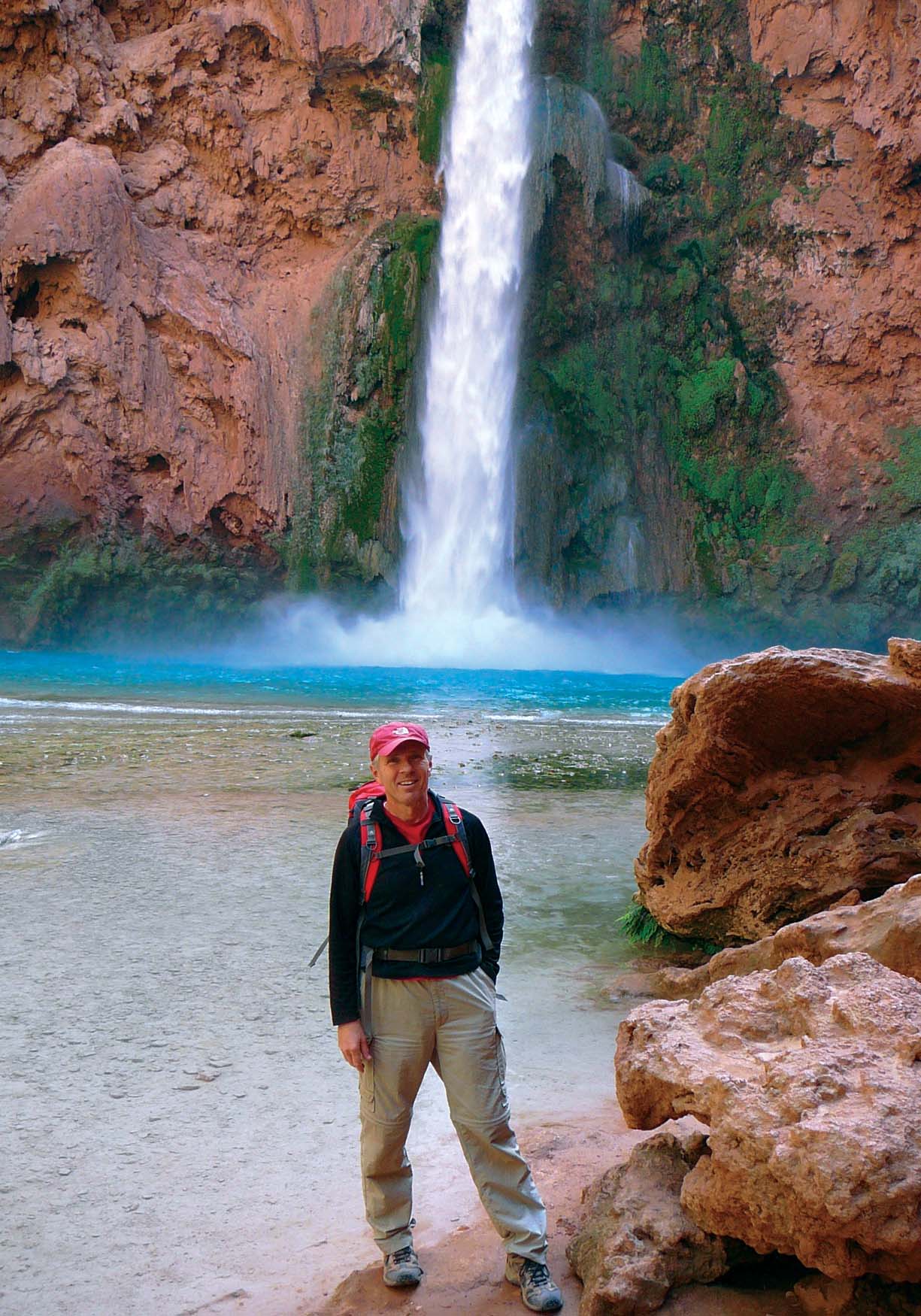
Author Greg Witt at Mooney Falls
Acknowledgments
Havasupais natural splendor has been preserved to enjoy today due to the gentle stewardship of the Havasupai tribe, who call this canyon their home. They have been both gracious and cautious in sharing their tribal home with visitors from around the world. Their assistance with this book has been invaluable.
The people of Menasha Ridge Press have been especially trusting as they decided to publish a book on a rather obscure and remote destination, knowing it would enhance the experience for every visitor wanting to see Havasupais plunging waterfalls and steep canyon walls. Thanks to Russell Helms, Molly Merkle, Steve Jones, Travis Bryant, Scott McGrew, and Holly Cross.
Hiking companion and dear friend, Alan Colledge, whose love for the people and canyon spans more than three decades, first enticed me to visit Havasupai. On our first hike into the canyon he suggested that visitors need a detailed and thorough guidebook to the area. It has taken years. Here it is.
Special thanks to the Havasupai Tribal Council and particularly to the efforts of Chairman Don Watahomigie and Vice Chairman Matthew Putesoy, who oversaw much of the recovery following the August 2008 flood. Many thanks to Lawrence Carson, Rex Tilousi, and Roland Manakaja, who provided insights into the tribes history and shared their devotion to the canyon and its people.
Professional photographer Derek Von Briesen was especially gracious with his time and professional talents in assisting with this book. Photographs by David Crowther and Amy Sorensen also add a colorful accent.
And thanks to my wife, Elain, who is willing to risk sunburn, blisters, and bruises to join me on my wilderness adventures. She has been an unwavering source of encouragement, love, and support on this project. Exploring Havasupai or anywhere with her is always a joy.

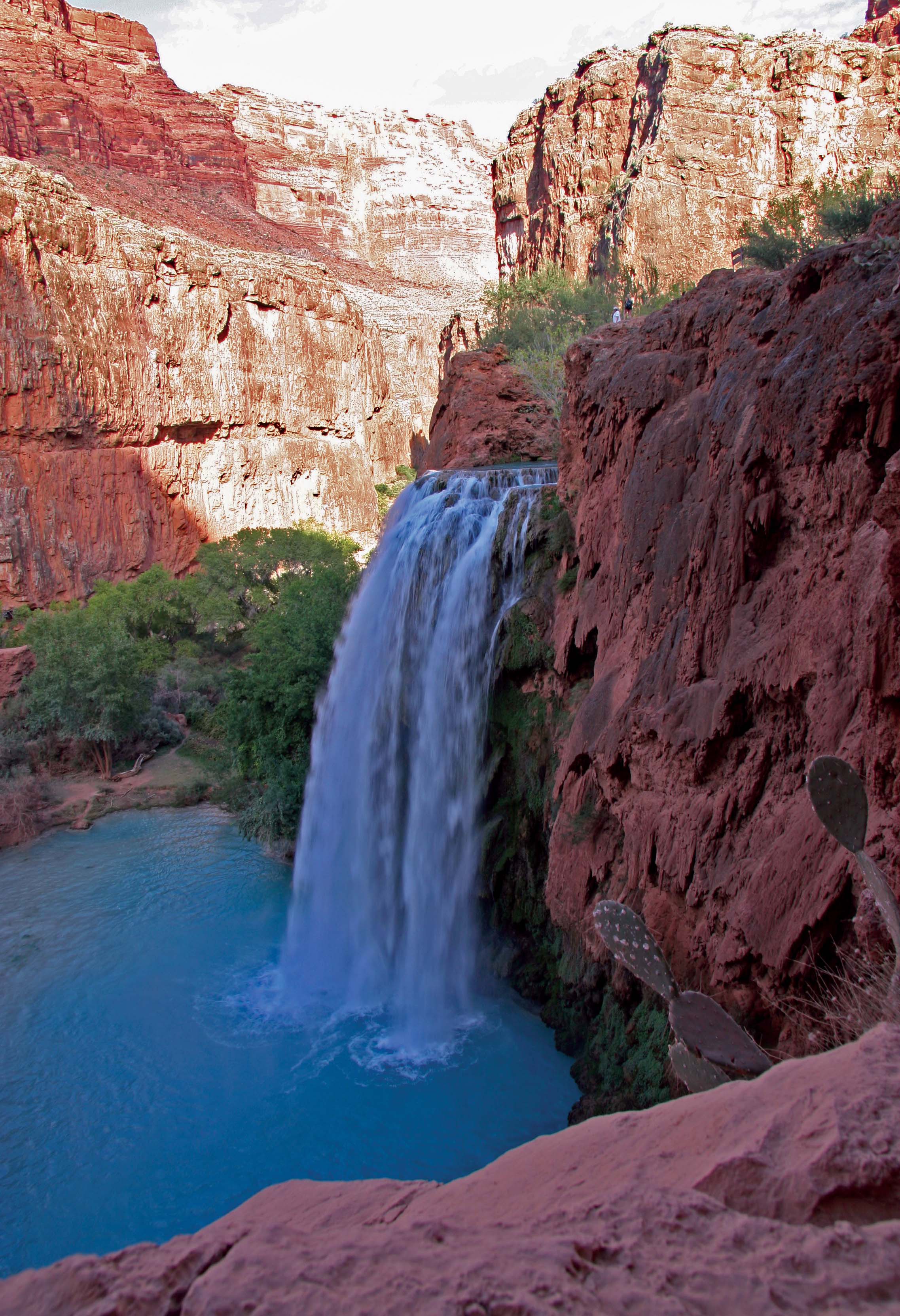
Chapter 1
Havasupai: The Heart of the Grand Canyon
Paradise has never been easily reached. In the case of Havasupai, its 10 miles on foot or by horse from a canyon-rim trailhead thats still 60 miles removed from the old Route 66 in northern Arizona. By most standards, Supai Village, which lies in the depths of Havasu Canyon, is the most remote town in the United States and the only community remaining where both the mail and the trash are still carried out by mules.
In this canyon paradise, color, form, and light create a scenic palette with a distinctive and unmatched appeal. Red canyon walls, deep-green cottonwoods, a cloudless desert sky, and pearlescent limestone combine to reflect a turquoise hue from the waters of Havasu Creek. Iridescent shades of aquamarine bounce off glistening pools, and thunderous waterfalls throw sprays that form rainbows in broad daylight.
Every day Havasu Creek carries 38 million gallons of natural spring water into the Grand Canyon of the Colorado River. Along the way it nourishes the Supai Villageits farms, livestock, and people. As the creek slithers down the canyon, abrupt cliffs form some of the most spectacular waterfalls imaginable, while travertine rims create hundreds of natural pools and drops. The perennial flow of Havasu Creek sustains more lifeboth people and agricultural productionthan any other tributary within the Grand Canyon. Providing the necessary water for the tribe and livelihood, this spring-fed stream is also the primary attraction for the thousands of visitors who come to the canyon each year.
Edward Abbeys Visit to Havasupai
Edward Abbey, the ever-eloquent anarchist of the American Southwest, offered this account of his visit to Havasupai:
One summer I started off to visit for the first time the city of Los Angeles. I was riding with some friends from the University of New Mexico. On the way we stopped off briefly to roll an old tire into the Grand Canyon. While watching the tire bounce over tall pine trees, tear hell out of a mule train and disappear with a final grand leap into the inner gorge, I overheard the park ranger standing nearby say a few words about a place called Havasu, or Havasupai. A branch, it seemed, of the Grand Canyon.
What I heard made me think that I should see Havasu immediately, before something went wrong somewhere. My friends said they would wait. So I went down into Havasufourteen miles by trailand looked things over. When I returned five weeks later I discovered that the others had gone on to Los Angeles without me.
Next page
